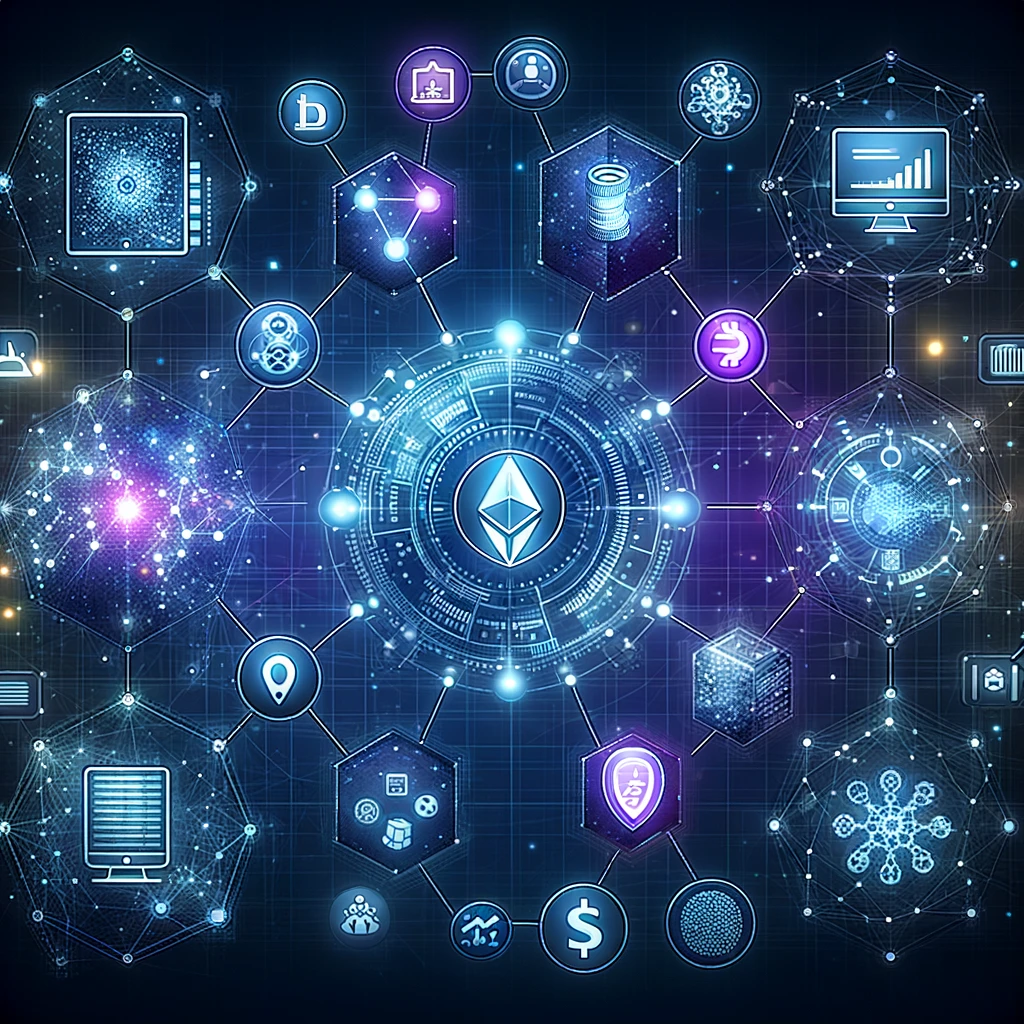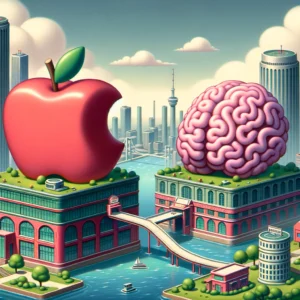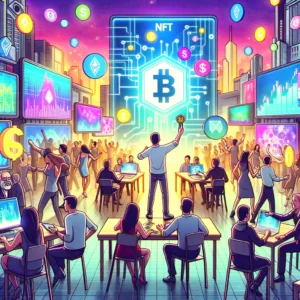In the realm of technology and innovation, Web3 emerges as a transformative force, redefining the way we interact with the digital world. Built upon the bedrock of blockchain technology, Web3 introduces a paradigm shift, promising decentralization, security, and transparency. For developers, this revolutionary landscape presents a plethora of opportunities to create groundbreaking applications and explore uncharted territories.
The Start of Something New
At its core, Web3 stands as a decentralized network, empowering users to take control of their data and digital assets. Unlike traditional centralized systems, where a single entity holds the reins of power, Web3 distributes authority across a vast network of computers, ensuring that no single entity can exert undue influence or control. This decentralized nature of Web3 opens up new possibilities for application development, enabling the creation of trustless and transparent systems that empower users to interact directly with each other without the need for intermediaries.
Underpinning the decentralized architecture of Web3 is the revolutionary concept of blockchain technology. Blockchains serve as immutable and distributed ledgers that record transactions in a secure and tamper-proof manner. Each block in the chain contains a cryptographic hash of the previous block, creating an unbreakable chain of records. This inherent security of blockchain technology makes it an ideal foundation for building applications that demand the highest levels of trust and transparency.

Tools of the Trade
Within the Web3 ecosystem, decentralized applications (dApps) take center stage as innovative software applications that operate on decentralized networks. Unlike traditional applications that rely on centralized servers, dApps run on peer-to-peer networks, eliminating single points of failure and enhancing resilience. Moreover, dApps leverage smart contracts, self-executing contracts with the terms of the agreement directly written into lines of code. These smart contracts automate the execution of agreements, ensuring transparency, security, and immutability.
Tokenization, another key concept in the Web3 landscape, unlocks a new realm of possibilities for developers. Tokens represent digital assets that can hold value and be transferred securely over blockchain networks. This opens up avenues for creating new forms of digital assets, such as cryptocurrencies, non-fungible tokens (NFTs), and security tokens. Tokenization empowers developers to create innovative financial instruments, decentralized exchanges, and asset management platforms.
The potential of Web3 to revolutionize various industries and sectors is truly awe-inspiring. From finance and supply chain management to healthcare and entertainment, Web3 offers the potential to transform traditional business models, enhance efficiency, and create new opportunities for innovation. Developers stand at the forefront of this transformative journey, equipped with the tools and knowledge to build the next generation of decentralized applications and shape the future of the digital landscape.





